Will Tuning My BMW Ruin My Engine?

In the world of automotive performance upgrades, the possibilities are nearly endless. From adding a modest 50 horsepower boost to unleashing the full potential of your vehicle with hundreds more, modern technology has made it possible to achieve remarkable power gains. However, the real question isn’t simply how much power can be extracted, but rather, how reliable will the car be at that power level, and what purpose is it intended to serve? In this comprehensive guide, we’ll delve into the factors that influence performance upgrades and explore the range of possibilities available to optimize your vehicle’s performance while maintaining reliability.
Daily driven car
If the car is to be driven every day, being slightly conservative on your tune is important. Also bearing in mind the torque limit of the engine and drivetrain. Here are some things that can limit your power goals from being “safe”:
- Strength of the engine.
- Fuel delivery of the fuel injection system.
- Ignition system capability to fire the increased pressure inside the combustion chamber.
- Strength of the drivetrain components.
- Octane of the fuel you are running.
- Turbo RPM Limit.
- Turbo or exhaust back pressure.
- Turbo compressor efficiency at the boost you are running.
- Heat exchanger’s ability to keep up with increased power and heat.
- Quality of the software.
- Traction (especially if the car is 2WD).
How much power is too much power?
Remember torque is what does the damage. Torque is the twisting action that is generated by the engine. This is like what you read on a torque wrench in lbs/feet or newton/meters. Most car companies build around a 50% safety margin into the engine and drivetrain. This means that if the car comes with 500 lb/ft of torque you can generally make 750 lb/ft before the drivetrain will start to break. This only refers to the engine and drivetrain strength. This does not mean that the rest of the engine management system (fuel delivery, ignition system, and heat exchangers) will handle this much power.
Stage 1 Tuning Software
Stage 1 software tune is typically around 10-15%. This is very safe, even for daily driving and various octanes of fuel found on the road.
Stage 2 Software, Intercooler/Heat Exchanger and Cold Air Intake
If you add a high-flow intake system and a larger heat exchanger and/or intercooler with Stage 2 Software, you can achieve around 25-35% increase in power. This is very safe on stock engines using 93 octane pump gas. This car can still be driven as a daily driver and will typically last around 100k miles with normal maintenance.
Stage 3 Software, Intercooler/Heat Exchanger, Cold Air Intake, and a Larger Turbo(s)
If you add a high flow intake system, a larger heat exchanger and/or intercooler and a larger turbo, you can achieve around 35-45% increase in power. This is very safe on stock engines using 93 octane pump gas with a reliable stage 3 tuning software solution. This car can still be driven as a daily driver and will typically last around 100k miles with normal maintenance. The larger turbo will have the negative side effect of increasing turbo lag, so this vehicle will be less refined in traffic or stop/start scenarios where turbo response is nice to have.


